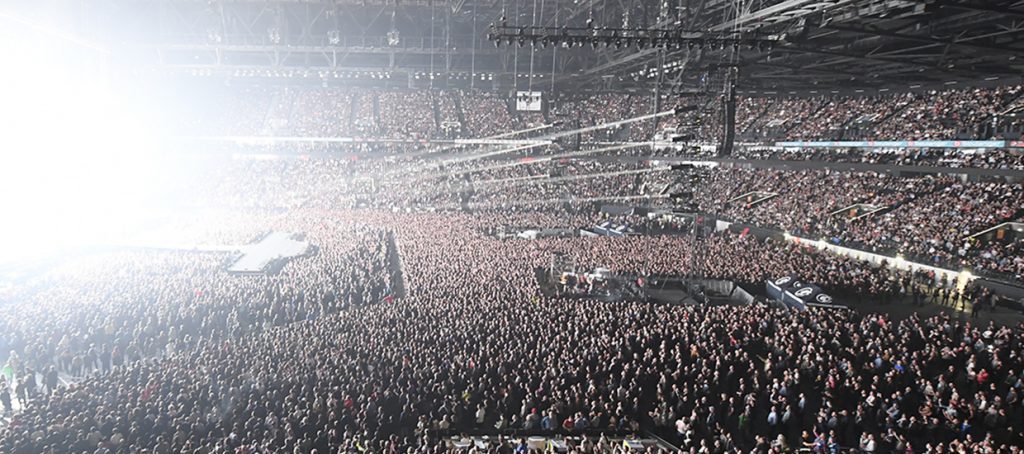

That engagement includes not only commerce, investments, and loans, but also information and surveillance architecture, and military and other forms of security assistance that helps the anti-U.S. In Venezuela, Nicaragua, Bolivia, and elsewhere in the region, these governments consolidated power in the face of tepid popular commitments to procedural democracy, creating both needs and opportunities for greater engagement with China, Russia, Iran, and other U.S.

Over the last two and a half decades, successive crises have brought leftist populist governments to power through initially democratic elections. military in protecting its partnerships and access in the region comes from endemic corruption and poor governance, enabled by Chinese investment. As such, the greatest threat for the U.S. The PRC presents the most significant strategic challenge to the United States, and its engagement in Latin America is centered on economic activities. Extra-hemispheric actors rarely coordinate their engagement, although one government’s actions may sometimes complement those of another. extra-hemispheric rivals in Latin America, have different goals, resources, motivations, and sensitivities as each engages in the region. Moreover, the People’s Republic of China (PRC), Russia, and Iran, as the three principal U.S. The character of that challenge, however, is substantially different than the efforts by the Soviet Union and its proxies to destabilize and overthrow pro-U.S. officials increasingly recognize the role of extra-hemispheric rival state actors (ESAs) in Latin America as a strategic challenge for the United States and the region, one that requires a whole-of-government response and a supporting role for the U.S. It recommends five areas for DoD focus: (1) show and leverage the value of DoD engagement to partners in the region (2) communicate the threat more effectively to them (3) maintain and strengthen partner institutions as a bulwark against external threats (4) leverage partner insights and institutional positions and (5) assess and defend against wartime threats from the region. It argues that the national level strategy should be rooted in selectively resisting, rather than seeking to block all, engagement by extra-hemispheric rivals. It must also develop new strategic concepts for the role of DoD as part of an internationally coordinated, whole-of-government effort against such rivals in the hemisphere. military must go beyond committing additional resources and improving capabilities. Department of Defense (DoD) in responding to the challenge of extra-hemispheric actors in Latin America and the Caribbean. Southern Command, meets with Brazilian Defense Minister Walter Braga Netto / U.S. Support Global Americans with a Donation.Working Group on U.S.-Ecuador Relations.Working Group on Inter-American Relations.Lies and Distortions: State-Run Media Analysis.Monitoring Disinformation in Latin America.


 0 kommentar(er)
0 kommentar(er)
